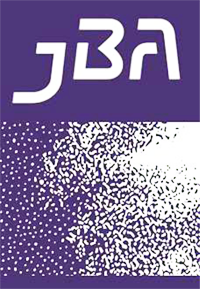Possessed by the Zeitgeist: Inspiration and Prophecy in the Business of Fashion
DOI:
https://doi.org/10.22439/jba.v4i2.4890Keywords:
The future, inspiration, prophecy, prefiguration, animism, shamanism, fashionAbstract
The ability to foretell the future―and, as such, to conquer and determine it―is an essential preoccupation of contemporary business, which supposedly distinguishes the winners from the losers. The business of fashion is perhaps the case in point, being inherently concerned with continually staking out new paths into the future. In this article, I explore how fashion designers deal with this imperative through processes of seeking inspiration, constituting a distinctive “technology of prefiguration” by which the designers come to enter a prophetic condition. Rooted in an animistic mode of being, this attests to a shamanic practice, which entails the designers becoming possessed by a zeitgeist and, hence, turning into prophetic agents with particular visions of the future. The world of fashion is, in this sense, populated by entities and processes not commonly associated with modern business, in that animistic tendencies, jumping things, spiritual beings and shamanic efforts enable the designers to attain otherwise unattainable prophetic viewpoints. Underlying this argument is a more general ambition to open up our conception of business, as I suggest that business anthropologists may do well to uphold a profound naïveté in their methodology, which may essentially challenge and revise our assessment of modern capitalism.Downloads
Published
2015-11-13
Issue
Section
Articles
License
Authors who publish with this journal agree to the following terms:
- Authors retain copyright and grant the journal right of first publication with the work simultaneously licensed under a Creative Commons Attribution License that allows others to share the work with an acknowledgement of the work's authorship and initial publication in this journal.
- Authors are able to enter into separate, additional contractual arrangements for the non-exclusive distribution of the journal's published version of the work (e.g., post it to an institutional repository or publish it in a book), with an acknowledgement of its initial publication in this journal.
- Authors are permitted and encouraged to post their work online (e.g., in institutional repositories or on their website) prior to and during the submission process, as it can lead to productive exchanges, as well as earlier and greater citation of published work (See The Effect of Open Access).



